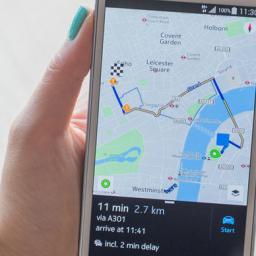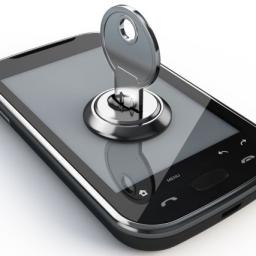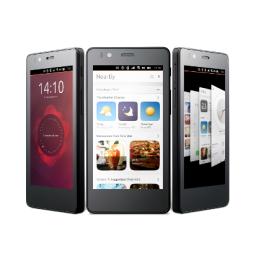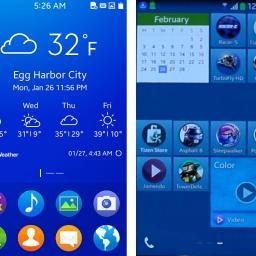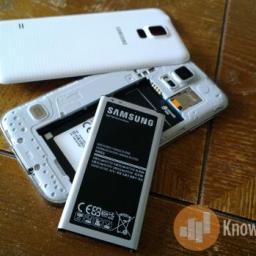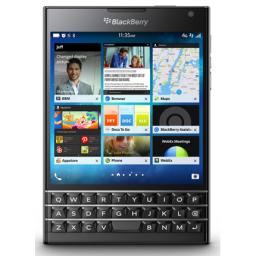WiFi versus LTE to dominate the future of mobile services
The New York Times is asking what the primary wireless technology of the future will be: Traditional wireless carriers operate their services primarily with cell towers, but offer Wi-Fi as a secondary option to bear some of the load. Upstarts FreedomPop and Republic Wireless do the opposite. They offer services that rely primarily on Wi-Fi networks, and in areas without Wi-Fi, customers can pull a signal from regular cell towers. "They demonstrate just how disruptive a Wi-Fi-first operator can be, and just how much cost they can take out."
Plenty of budget-conscious consumers want cheaper cellphone bills and do not mind making the leap to a phone service powered primarily by Wi-Fi. The majority of Republic Wireless customers opted for a $10 plan (a traditional wireless contract costs around $100 a month--comparison of family cell phone plan prices) which includes a combination of Wi-Fi and cellular services. In other words, the traditional cellular infrastructure will not go away, but may become the second option, not the first. "There are many, many implications to cellular being relegated to a backup position."
In major cities, the Wi-Fi-first network makes sense. While sitting around offices and apartments, Wi-Fi can handle the job just fine. But once people start moving around, it is not so simple. The benefit of a cell service is that your phone can switch among multiple towers while you are on the go. This process is called handover, which Wi-Fi was not originally designed to handle. Although 802.11r, SyncScan, and other enhancements attempt to address this limitation.
Big players are looking to enter the fray as well: Last month, Cablevision announced a phone service that would be powered entirely by Wi-Fi, for $30 a month, while a traditional wireless contract costs around $100 a month. Google has also been working on a cellphone service that relies heavily on Wi-Fi.
Plenty of budget-conscious consumers want cheaper cellphone bills and do not mind making the leap to a phone service powered primarily by Wi-Fi. The majority of Republic Wireless customers opted for a $10 plan (a traditional wireless contract costs around $100 a month--comparison of family cell phone plan prices) which includes a combination of Wi-Fi and cellular services. In other words, the traditional cellular infrastructure will not go away, but may become the second option, not the first. "There are many, many implications to cellular being relegated to a backup position."
In major cities, the Wi-Fi-first network makes sense. While sitting around offices and apartments, Wi-Fi can handle the job just fine. But once people start moving around, it is not so simple. The benefit of a cell service is that your phone can switch among multiple towers while you are on the go. This process is called handover, which Wi-Fi was not originally designed to handle. Although 802.11r, SyncScan, and other enhancements attempt to address this limitation.
Big players are looking to enter the fray as well: Last month, Cablevision announced a phone service that would be powered entirely by Wi-Fi, for $30 a month, while a traditional wireless contract costs around $100 a month. Google has also been working on a cellphone service that relies heavily on Wi-Fi.
